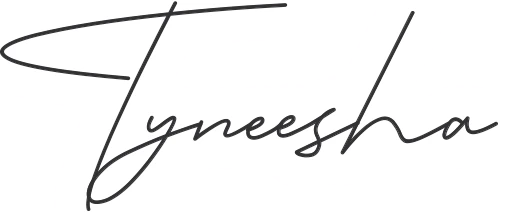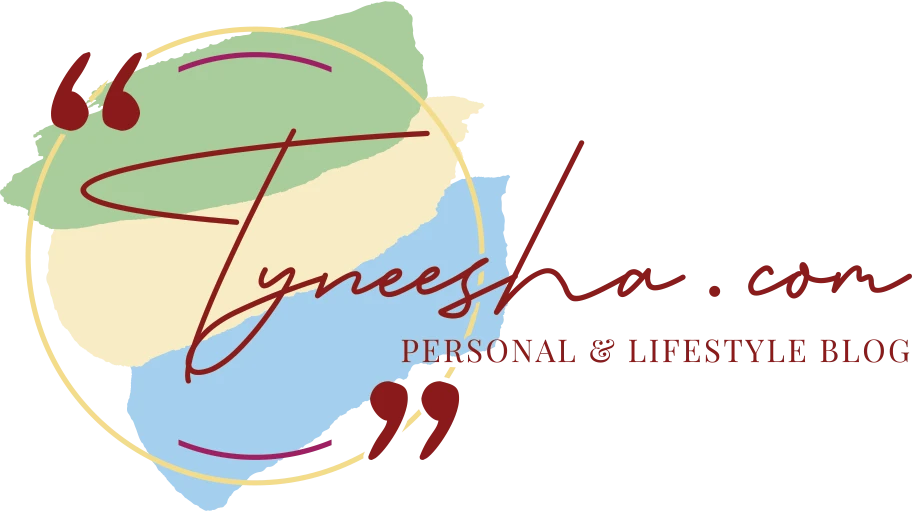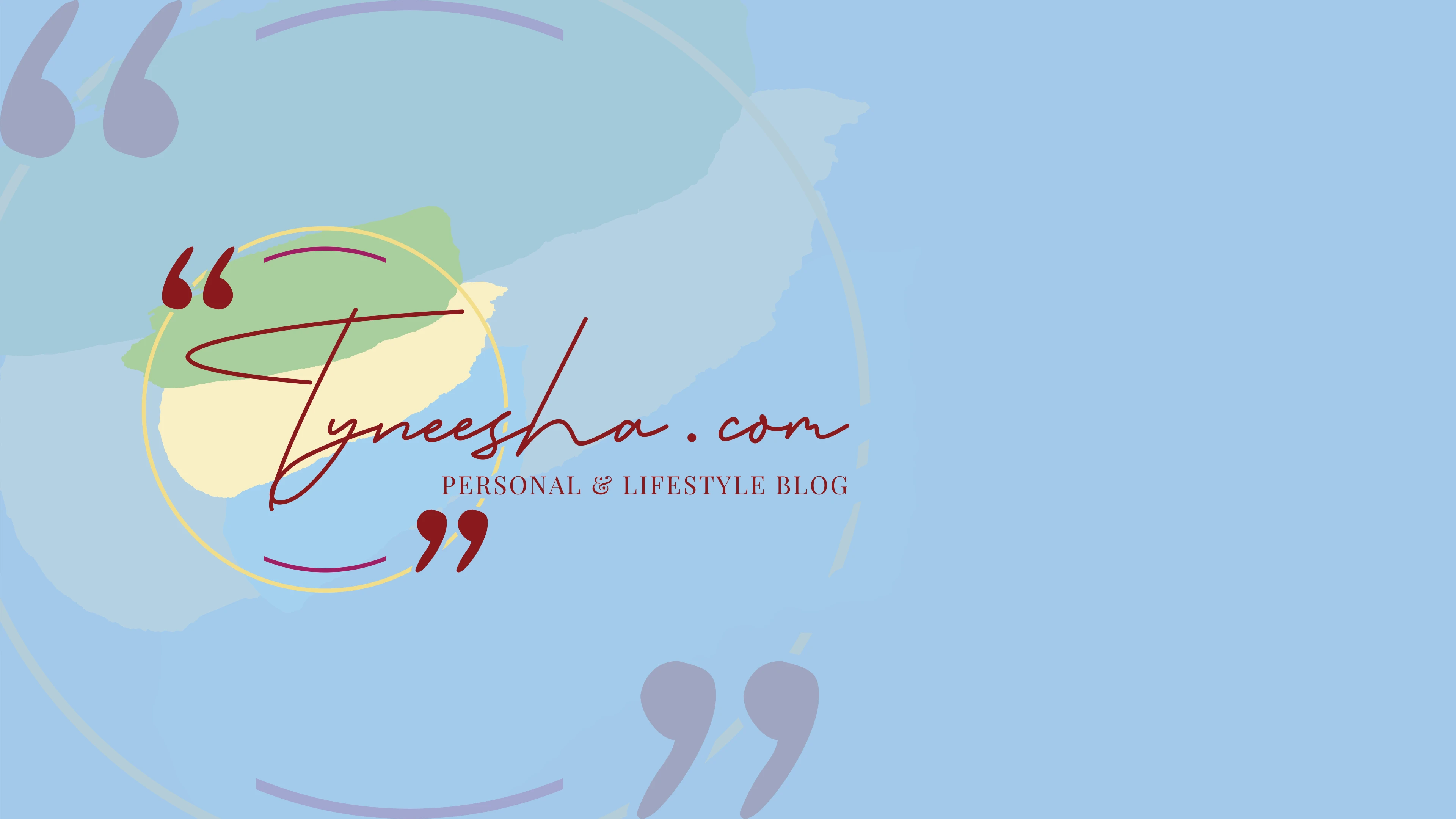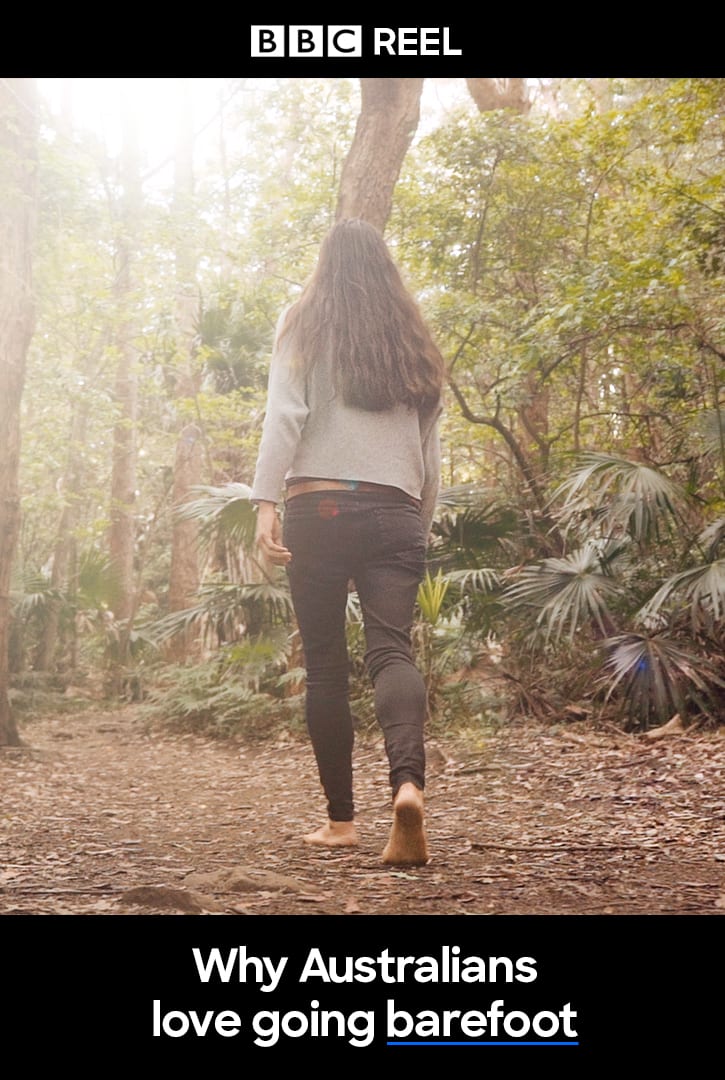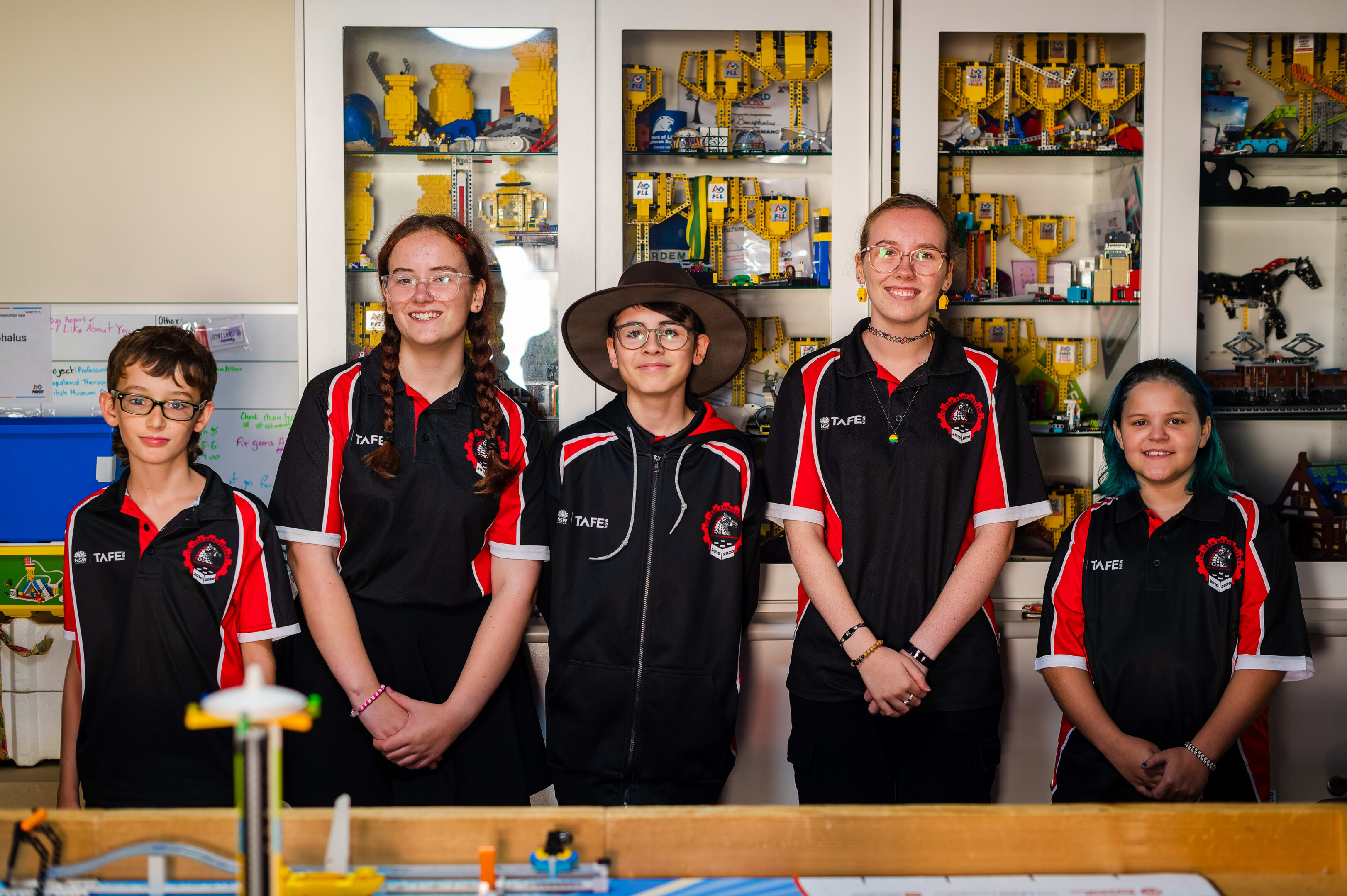20th April, 2024
I’ve been working on (this version of) my blog for almost a year now. I’ve posted at least once a week since January, writing about a range of topics – from more serious articles concerning gender and politics to TV/Film/Album reviews to fun-loving lighthearted Buzzfeed style blog posts and my uni assignments.
Through this, I’ve developed personal and professional connections, social media and marketing skills, and had the opportunity to push the boundaries of my writing and creative content. I’ve explored genres, platforms, and ideas. I’ve put together a running online portfolio and resume. I’ve had my articles published by an online magazine, I’ve won some oh-so-prestigious Bloggies which ultimately led to landing a spot on the DMS executive team, and I’ve even had some practice promoting the content and projects of my peers.
When putting together a Digital Artifact for this semester – I kept in mind some advice I received last year.

I wanted to utilise my blog, to further develop my journalistic interviewing and content creation skills and work toward my hopeful future career – as well as serve a social utility by fostering connections with my peers and promoting their work during lockdown, a time where mutual support and interaction was as necessary as ever. My primary user base has been fellow uni students, so creating a DA that catered to them was important to consider.
So, as discussed in my pitch, I decided to create a series of interview-based blog posts with fellow BCM students. I was inspired by podcasts made in the past by my peers – such as Sorry I Asked and Young Dumb N Broke. Other blog-based artifacts suck as SimplyTaylorLani and LoversofLive were also helpful in guiding my hand at a DA which wasn’t primarily a social-media based endeavour.
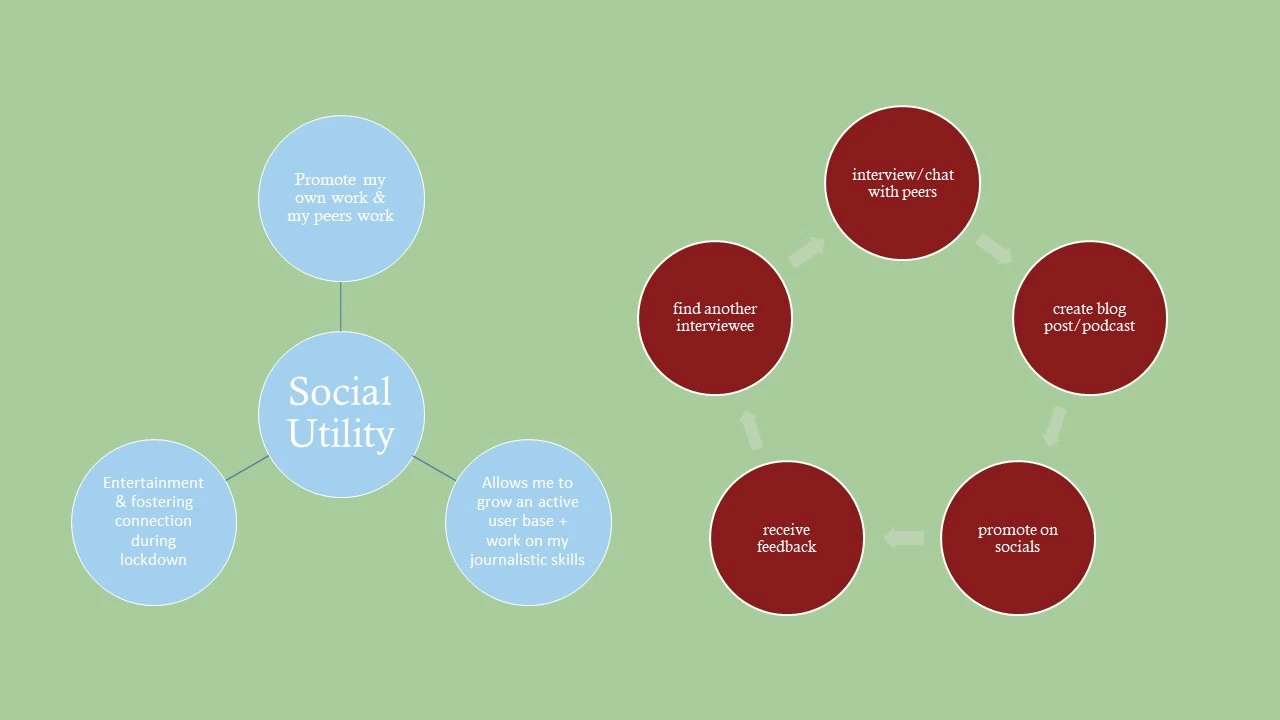
Interview One – The One With Alana
I carried out my first interview for this series with Miss Best Twitter Personality, Alana Naumovski. I wanted to make it a podcast episode, but one of the challenges which I did not anticipate in the context of lockdown, is the one of recording quality, video calls and poor internet connection. Nonetheless, I improvised, adapted and overcame the issue at hand, and published the blog post in the form of a transcript.
The feedback I received was positive, however, limited. Usually, quantitative data would not mean as much, but I thought of the BCM cohort as the user base for this artifact, and If I was failing to reach a significant number of people within that base, then the project, in my opinion, was not adequately fulfilling it’s social utilities.
Through doing this interview and putting together the blog post, I realised two things. One, I’d made far too much work for myself by leaving the parameters of the project so open in terms of conversation topics, content-creation process and length of interview. What I expected to take a few hours ended up taking around a week. And two, I did not have the time or energy to do that much work and feel excited enough about it to promote it as well as I’d have liked. In hindsight, a DA based around easing the effects of lockdown probably should have been more suited to the lockdown burnout syndrome that myself and undoubtedly many of my peers were going through.
I was able to receive feedback through this interview, as we spoke about DA’s, and wound up being inspired to create reels for my photography account – I’ve seen massive success as a result.

Interview Two – The One With Taylor
After experimenting with zoom as a better, more reliable interviewing tool than Instagram video calls – I managed to put together a podcast of reasonable quality, and an accompanying blog post. I’m very happy with the outcome.
I received advice following my pitch, recommending that I limit the scope of my project, which would make it more manageable and more marketable. So I made sure to limit my questions to 10, hoping that it’d reduce the amount of content I had to work into the final product, and therefore easing my workload. It didn’t work that way, because Taylor and myself had such a naturally flowing (but very long) conversation.
This isn’t necessarily a bad thing, it did demonstrate that the DA was able to create facilitate connection, which is good. I was also able to produce the podcast and blog post more quickly than last time because I was more excited to be making the final product in the format that I’d first envisioned.
I definitely saw more positive and plentiful feedback as a result of the format and social media hype-up. Taylor was a big help there, as she promoted the post on her socials too. I got feedback from people who had listened to the podcast and feedback about the general idea of my DA. I even managed to drum up traffic to my site and my store, and someone bought a print of a photo I took. It was helpful in the sense that I learned that the content I was producing had value to its users and was successful at promoting my own, and my peers’ work, however, it still did not solve the issue of production time.

With more time and motivation, I’m sure that another few rounds of interviews would have quickened the process and made it more sustainable and rewarding. That’s a lesson I can hold on to for next semester. Regardless, I’ve grown my user base considerably in the months that I’ve been running this DA.

I’ve continued, amongst this, making personal blog posts every week, and promoting them on my social media, and I’m confident that this DA fulfilled its original purpose. I was able to connect with others, promote each other’s work and develop journalistic and professional skills.
